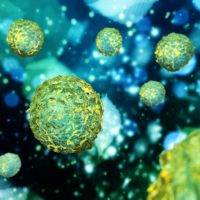 By definition, Stem Cells are “Undeveloped biological cells capable of proliferation, self-renewal, conversion to differentiated cells and regenerating tissue”
By definition, Stem Cells are “Undeveloped biological cells capable of proliferation, self-renewal, conversion to differentiated cells and regenerating tissue”
Stem Cells Explained
What does that mean?! Let’s break it down. This is a cell in the body that works like a basic building block. It has the ability to become different kinds of cells if put under the right conditions. Besides dividing into other cells, they can replace themselves, and they can also help us to lay down healthy tissue in order to repair certain types of damage.
Using the Right Kind of Stem Cells
The kinds of stem cells that come from an embryo are totipotent, which means they can really turn into any kind of tissue in the human body. These are not the cells we use in our clinical practice, and for various reasons, people have ethical concerns about how we get these cells and whether or not they could divide in an uncontrolled way, which could even cause cancer.
Then there are induced pluripotent cells. These are cells that have been put in a lab and modified in order to act more like their cousins above the embryonic stem cells. These belong in the field we call “tissue engineering,” and while fascinating for science, these are not the cells we use in our clinical practice.
Lastly, there are multipotent cells or “adult stem cells” which exist in many different places of the body such as bone, cartilage, muscle, fat, the umbilical cord, the placenta, the skin, and even the dental pulp of the teeth. These are the kinds of cells we use in our practice to help treat orthopedic injuries or degenerative conditions. Stay tuned for Part 2 to find out how we get them!
How Georgia Bone & Joint Can Help
For an in-depth consultation to find out if cell-based treatments are right for you, consider booking online or call 770-502-2175.
